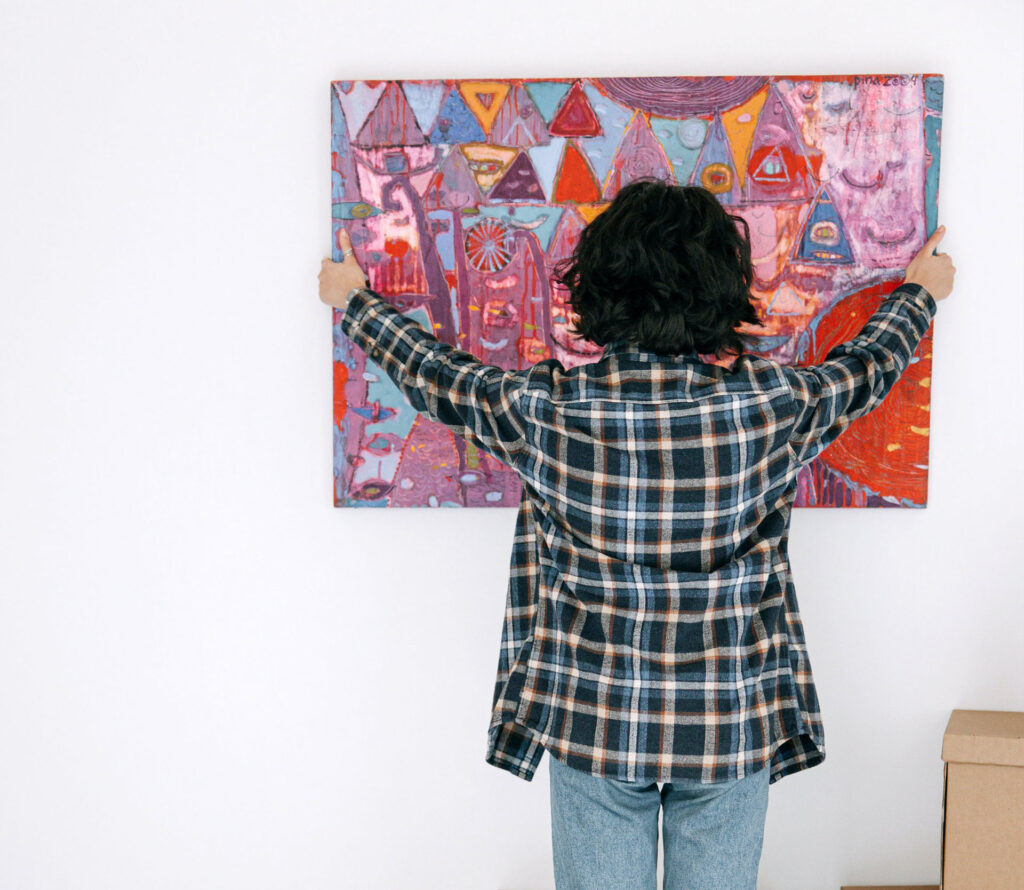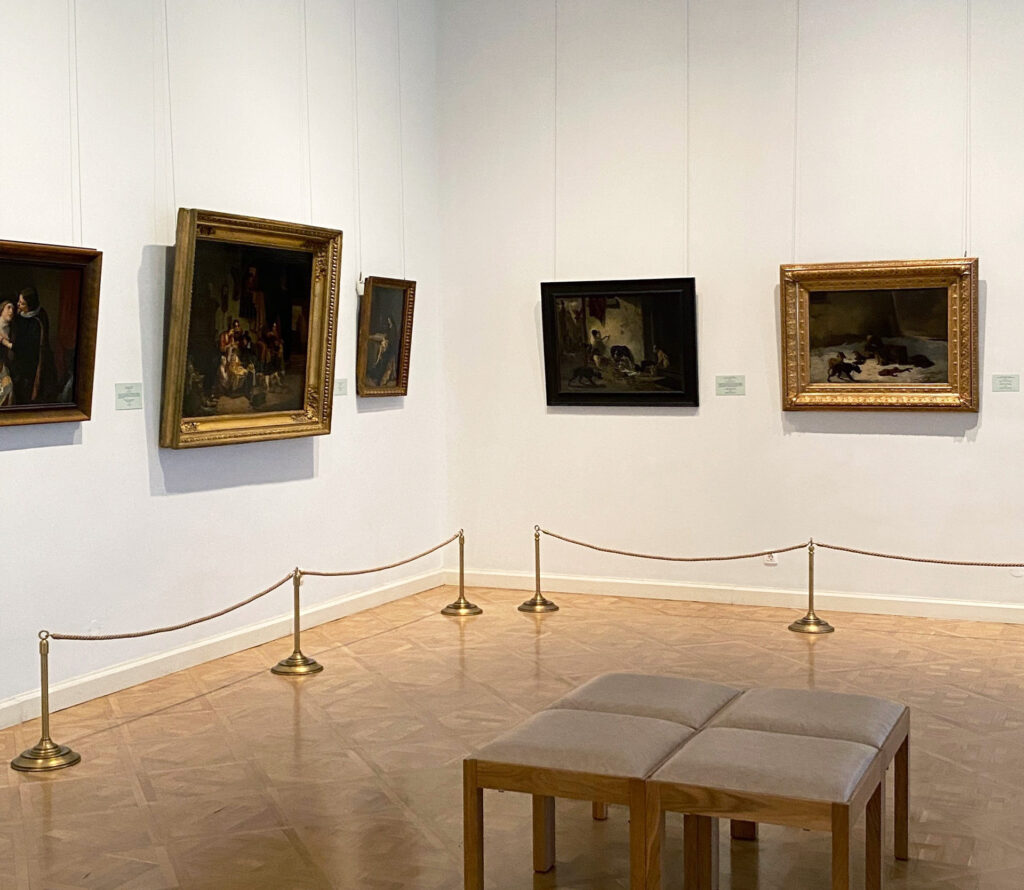Mastering the Craft of Artwork Placement
Decorating your space with artwork can transform a room from mundane to captivating. The way you hang your artwork plays a crucial role in enhancing the aesthetic appeal of your living or working space. Whether you’re a seasoned art collector or a novice, this guide will help you master the art of hanging artwork and create a visually stunning environment.
Selecting the Right Artwork
Before you start hanging artwork, consider the style, size, and colour of the pieces you have. Think about the mood you want to create in the room. A cohesive theme or colour palette can tie the artwork together, creating a harmonious visual effect.
Determining the Placement
Choose the wall space where you want to hang your artwork. Consider factors such as eye level, natural light, and the overall flow of the room. Eye level is typically around 57 to 60 inches from the floor, ensuring that the centre of the artwork aligns with the viewer’s line of sight.
Creating a Gallery Wall
If you have a collection of artwork, consider creating a gallery wall. Lay out your pieces on the floor first to experiment with different arrangements. You can go for a symmetrical grid, a salon-style mix, or a structured pattern. Maintain a consistent spacing between frames to achieve a polished look.
Measuring and Marking
Precision is key when hanging artwork. Measure the wall space and the dimensions of the artwork to determine the placement. Use a pencil to mark the exact spots where the nails or hooks will go. For a gallery wall, create a template on paper and tape it to the wall to guide your placement.
Choosing the Right Hardware
Different types of artwork may require different hanging hardware. For heavier pieces, use wall anchors and screws to ensure stability. For lighter pieces, picture-hanging hooks or adhesive hooks may be sufficient. Consider the composition of your walls (drywall, plaster, etc.) when selecting the appropriate hardware.
Levelling the Artwork
Nothing detracts from the visual impact of artwork like crooked frames. Use a level to ensure that your artwork hangs straight. Adjust as needed, and don’t be afraid to make minor tweaks until you achieve the perfect alignment.
Lighting Considerations:
Proper lighting can enhance the beauty of your artwork. Ensure that there is adequate ambient light to showcase the pieces. Be mindful of natural light, as excessive exposure to sunlight can damage certain types of artwork. Consider installing accent lights to spotlight specific pieces.
Mixing and Matching
Experiment with mixing different types of artwork, including paintings, prints, and photographs. Play with frame styles and colours to add visual interest. Just ensure that there is a unifying element that ties the pieces together, whether it’s a colour scheme, theme, or framing style.
Periodic Adjustments
As your collection grows or your room evolves, be open to rearranging your artwork. Periodically reassess the placement and consider adding new pieces or rotating existing ones to keep your space dynamic.
Mastering the art of hanging artwork is about finding the right balance between creativity and precision. By carefully considering the style, placement, and lighting, you can transform your walls into a curated gallery that reflects your personality and enhances the overall ambiance of your space. Follow these guidelines, and soon you’ll be enjoying the beauty and sophistication of a perfectly adorned environment.
To learn more about art installation prices or to make a booking, click here and fill out the form with your information and job details.


